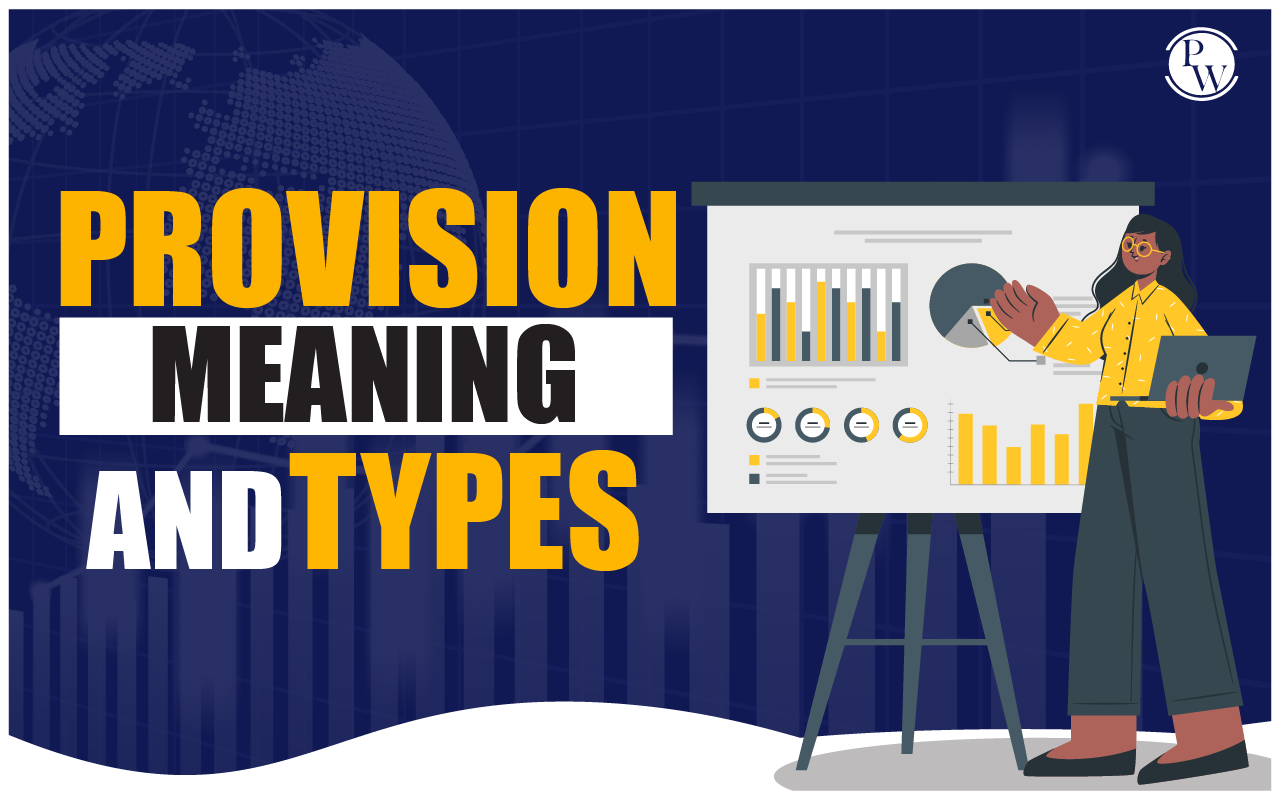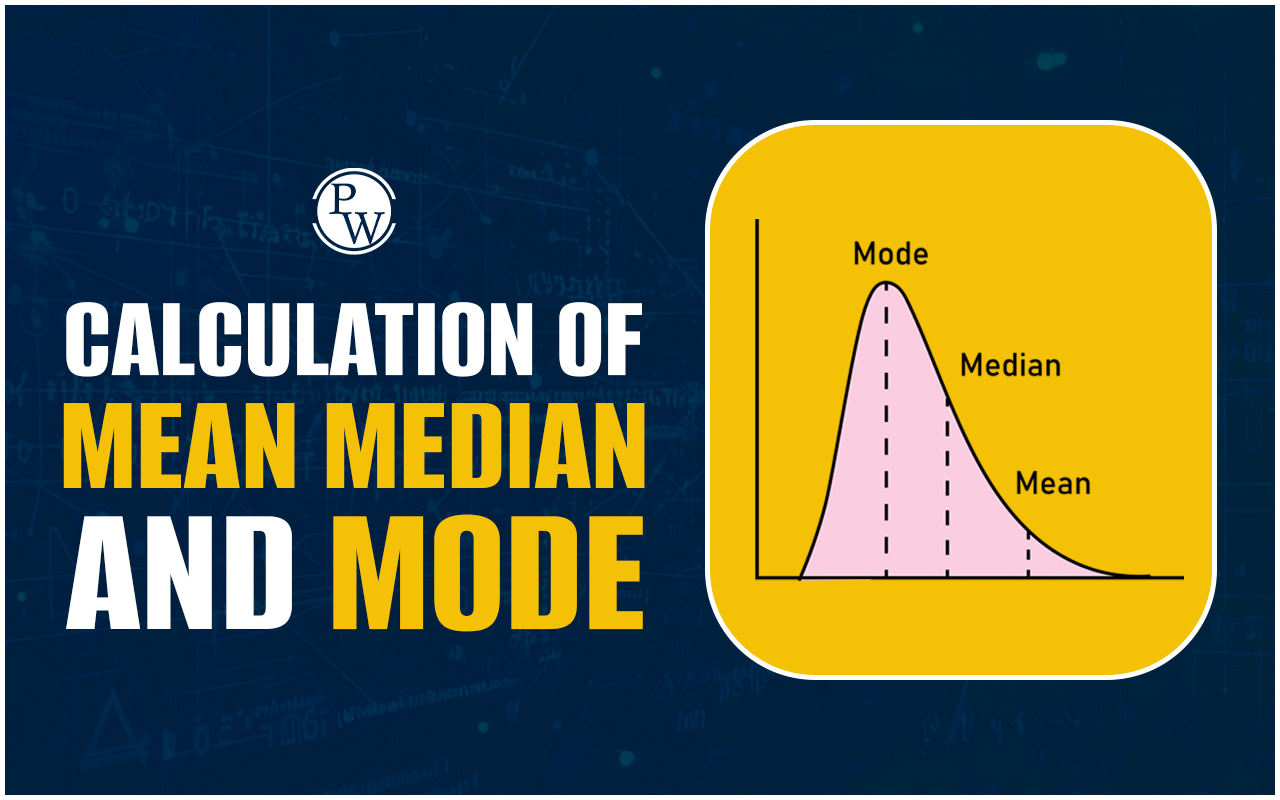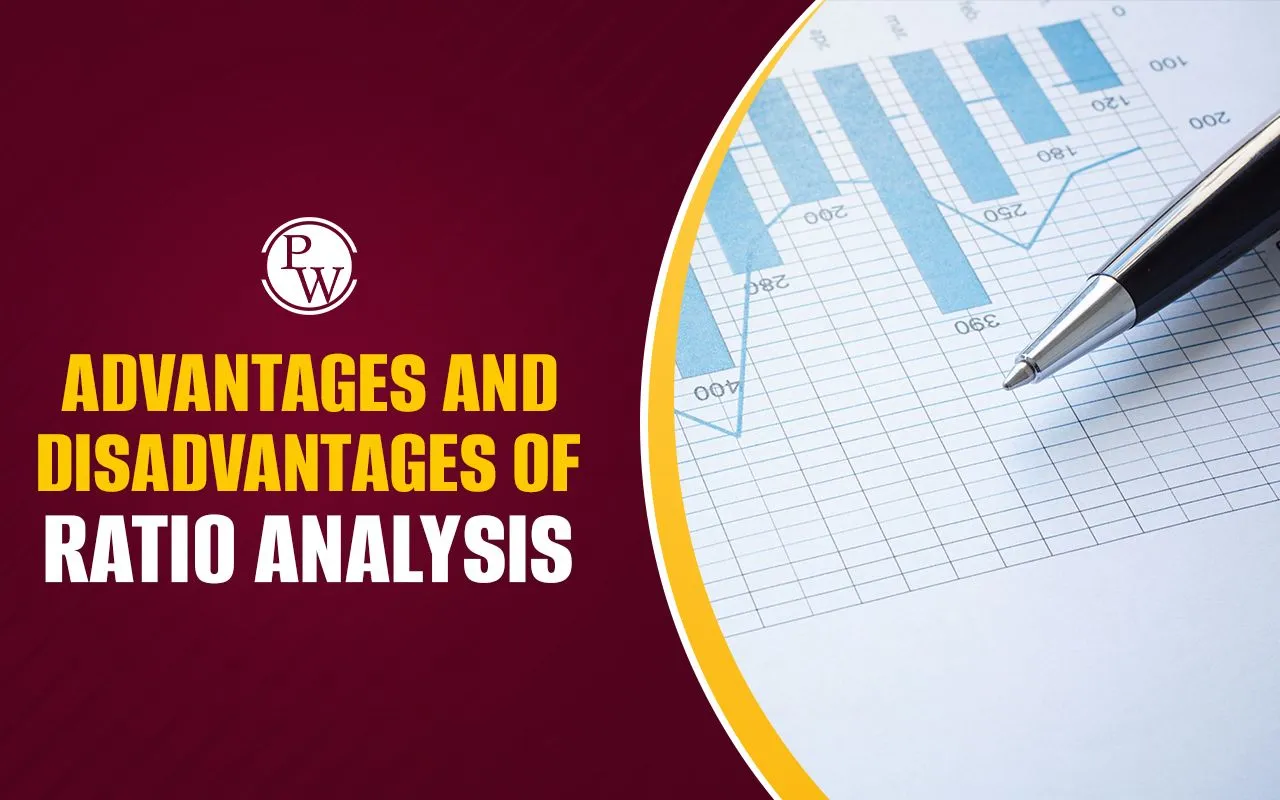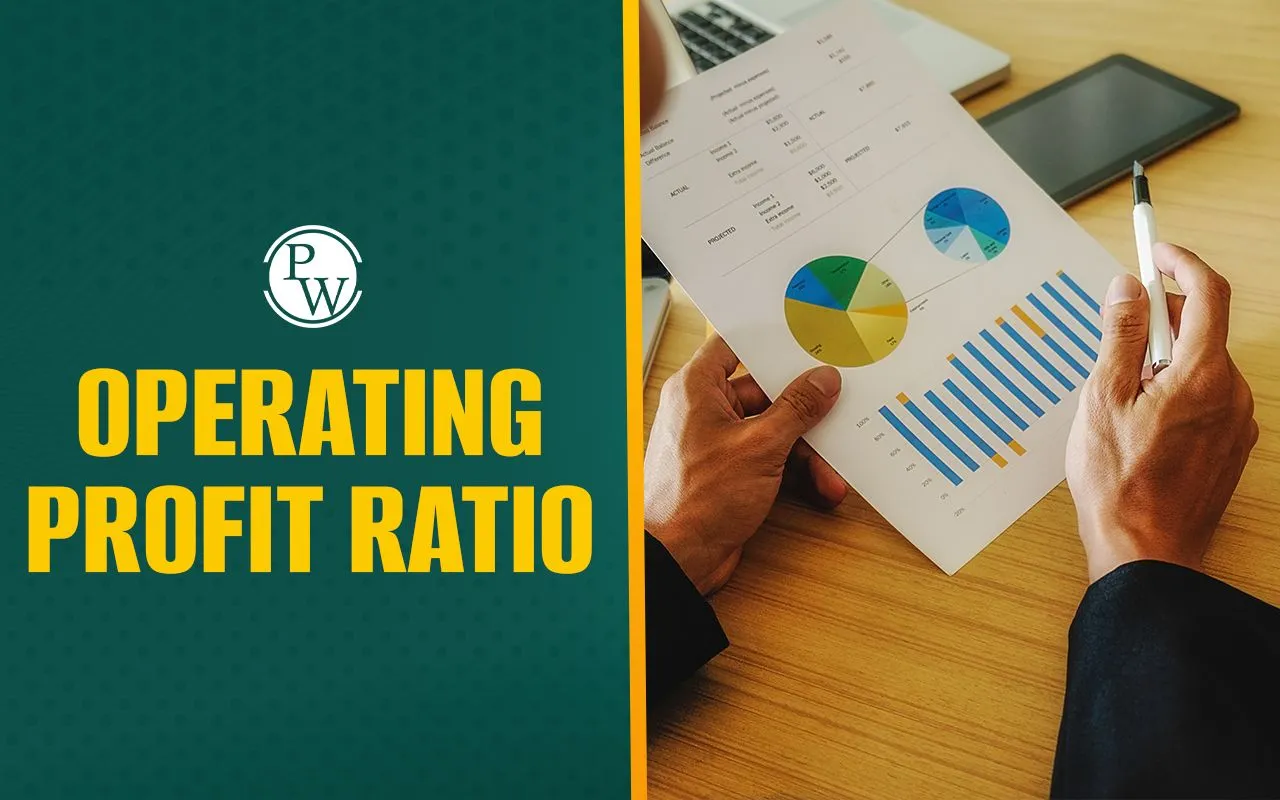

Provisions in accounting relate to the amount set aside from profits to cover an anticipated future expense or a drop in asset value, even if the exact amount is unclear.
Provision cannot be viewed as a kind of savings, but it can be viewed as a method of recognizing any incoming or future liabilities.
Most of the time, provision is confused with reserve, but the two are not interchangeable. A provision is put up to cover potential future obligations, whereas a reserve is a portion of profit placed aside to aid the company's growth and expansion.
Provision Meaning
In the field of accounting, the term "provision" refers to a financial arrangement made by a business or organization to account for potential future expenses or losses that are uncertain in nature or timing. It is a prudent practice in accounting to set aside a portion of profits to cover these potential liabilities, even though the exact amount or timing of these expenses may not be known with certainty.
Types of Provision
Provisions for Bad Debts: This type of provision is created when a business expects that some of its customers may not be able to pay their outstanding debts. It helps in accounting for potential losses due to non-payment.
Provisions for Warranties: Companies often provide warranties for their products. Provisions for warranties are set up to cover the estimated future costs of fulfilling warranty claims on products sold.
Provisions for Legal Claims: When a company is involved in legal disputes or expects potential legal claims, it sets up provisions to account for the potential financial impact of legal settlements or court judgments.
Provisions for Inventory Obsolescence : In situations where inventory items may become obsolete or lose value over time, provisions are made to adjust the value of the inventory downwards to reflect its lower market value.
Provisions for Restructuring Costs: Businesses sometimes undertake restructuring activities like layoffs or asset write-downs. Provisions for restructuring costs are established to cover the anticipated costs associated with these activities.
Provisions for Income Taxes: These provisions are created to account for potential future tax liabilities that may arise due to differences between accounting profit and taxable profit, often subject to tax laws and regulations.
Provisions for Contingent Liabilities: Contingent liabilities are potential obligations that may or may not materialize. Provisions for contingent liabilities are established to account for these uncertain future liabilities, such as pending lawsuits or environmental cleanup costs.
Provisions for Employee Benefits: Businesses set up provisions for employee benefits like pensions, gratuities, or accrued vacation pay to ensure they have enough funds to meet these future obligations.
Provisions for Depreciation and Amortization: While not strictly provisions in the traditional sense, depreciation and amortization expenses are recognized over time to account for the gradual wear and tear or allocation of intangible assets, respectively.
General Provision Vs Specific Provision
Two common types of provisions are General Provisions and Specific Provisions. These provisions serve different purposes and are applied under distinct circumstances. Below is a comparison of General Provisions and Specific Provisions in a tabular form:
| Aspect | General Provision | Specific Provision |
| Nature | Broad, non-specific | Tailored, specific |
| Purpose | General uncertainties | Known or anticipated |
| Uncertainty Level | High | Low |
| Examples | Economic downturn provisions | Lawsuit settlement provisions |
| Impact on Profit | Small reduction | Larger reduction |
| Regulatory Reporting | Prudential reasons | Financial reporting |
| Reversal/Utilization | For various losses | Specific expense |
Provisions Examples
We have provided below a few examples of provisions;
Provision for Bad Debts:
Nature: This provision is created to account for the possibility that some customers may be unable to pay their outstanding debts.
Quantification: Based on historical data and assessment, the company estimates the amount of uncollectible debts.
Accounting Entry: Debit "Bad Debt Expense" (income statement) and credit "Allowance for Doubtful Accounts" (balance sheet).
Provision for Warranty Claims:
Nature: Companies that offer product warranties establish this provision to cover the expected cost of fulfilling future warranty claims.
Quantification: Estimation is based on past warranty claim rates and anticipated future claims.
Accounting Entry: Debit "Warranty Expense" (income statement) and credit "Warranty Provision" (balance sheet).
Provision for Legal Claims:
Nature: This provision is created when a company faces pending legal disputes or anticipates legal claims.
Quantification: The estimated cost is based on legal advice, potential outcomes, and historical settlements.
Accounting Entry: Debit "Legal Expense" (income statement) and credit "Legal Provision" (balance sheet).
Provision for Inventory Obsolescence:
Nature: Companies create this provision when inventory items are expected to lose value or become obsolete.
Quantification: It's based on market trends, technological advancements, and the specific characteristics of the inventory.
Accounting Entry: Debit "Inventory Write-Down" (income statement) and credit "Inventory Obsolescence Provision" (balance sheet).
Provision for Restructuring Costs:
Nature: Businesses create this provision for anticipated costs associated with restructuring activities, such as layoffs or asset write-downs.
Quantification: Estimations are based on restructuring plans and anticipated expenses.
Accounting Entry: Debit relevant expense accounts (income statement) and credit "Restructuring Provision" (balance sheet).
Provision Benefits
Provisions in accounting offer several advantages that contribute to responsible financial management and accurate financial reporting. Here are the key advantages in bullet points:
Accurate Financial Statements: Provisions ensure that financial statements reflect potential future expenses, providing a more realistic financial picture.
Transparency: They enhance transparency by accounting for potential obligations, and aiding stakeholders' understanding.
Risk Mitigation: Provisions help companies prepare for future uncertainties and reduce financial risks.
Prudent Management: They promote prudent financial management and compliance with accounting standards.
Informed Decision-Making: Stakeholders can make informed decisions with a clearer understanding of future liabilities.
Credibility: Properly accounted provisions enhance a company's credibility with investors and regulators.
Read Related Topics:
Provisions FAQs
Why do companies create provisions?
What are some common types of provisions?
How are provisions calculated?
What is the accounting treatment for provisions?
Can provisions be reversed or utilized in the future?












